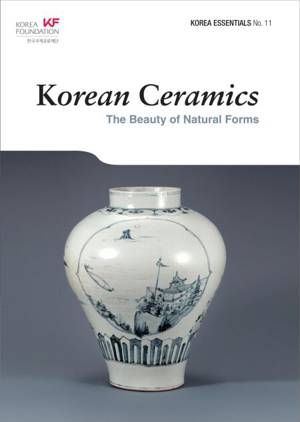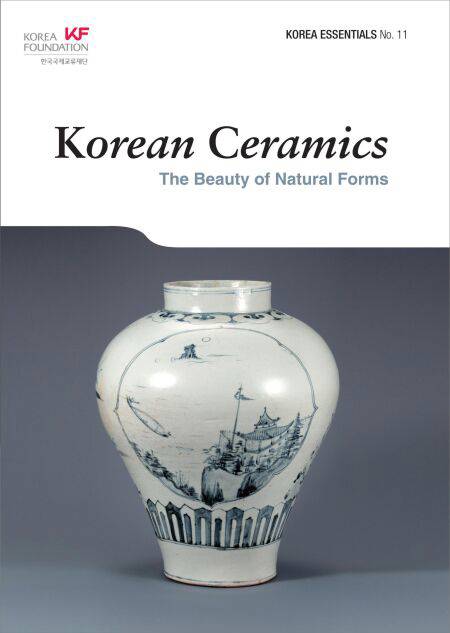
- Retrait gratuit dans votre magasin Club
- 7.000.000 titres dans notre catalogue
- Payer en toute sécurité
- Toujours un magasin près de chez vous
- Retrait gratuit dans votre magasin Club
- 7.000.0000 titres dans notre catalogue
- Payer en toute sécurité
- Toujours un magasin près de chez vous
6,49 €
+ 6 points
Description
The most well-known Korean ceramics are the celadon of the Goryeo Dynasty (918–1392) and the white porcelain of the ensuing Joseon Dynasty (1392–1910). The celadons of Goryeo, their grace and color tinged with feminine beauty, symbolize an artistocratic Buddhist culture, while the white porcelains from the Joseon are thought to typify a bureaucratic and scholarly Confucian society and are essentially masculine in tone, vigorous and orderly. Korea's traditional ceramic wares serve as a barometer for understanding Korean culture in that they most accurately reflect Korean aesthetics and the Korean worldview.
Spécifications
Parties prenantes
- Auteur(s) :
- Editeur:
Contenu
- Langue:
- Anglais
- Collection :
Caractéristiques
- EAN:
- 9781624120466
- Date de parution :
- 06-09-15
- Format:
- Ebook
- Protection digitale:
- /
- Format numérique:
- ePub

Les avis
Nous publions uniquement les avis qui respectent les conditions requises. Consultez nos conditions pour les avis.






